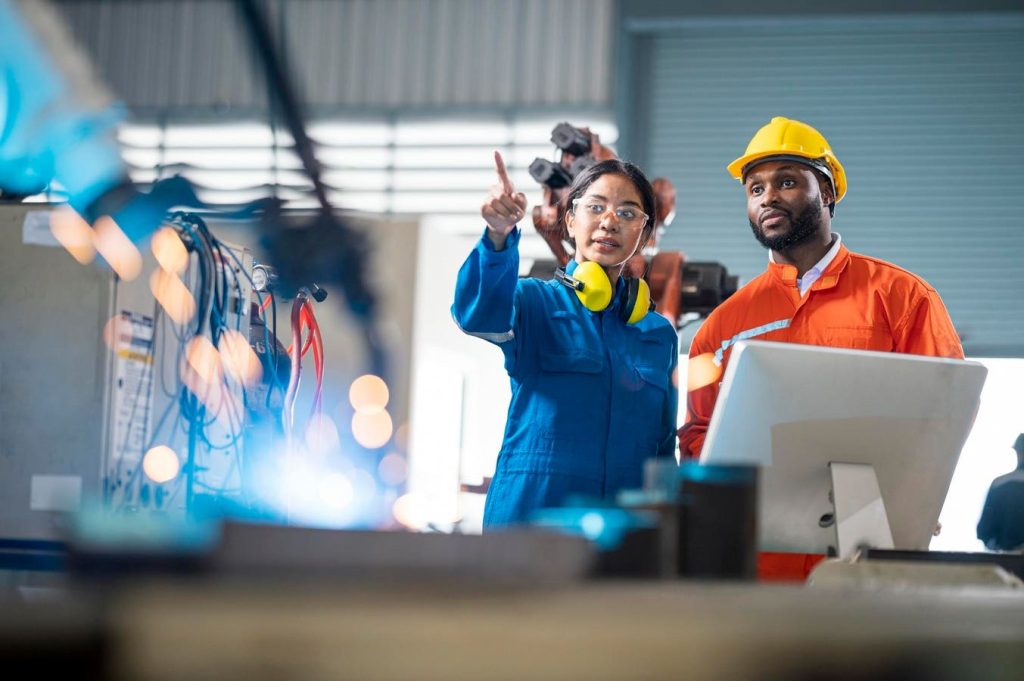The term “business operating system” has been bandied around for years. with one vendor or another pitching the idea of a common digital underpinning to organizations that automagically hides and takes care of many of the details involving not only applications, but the very DNA of the business itself.
Could artificial intelligence become the automagic business operating system that has been talked about since time immemorial? Well, hold that thought. But AI has potential.
Brooke Weddle, a partner with McKinsey hit upon this idea in a recent podcast. “One of the organizations I’m working with is trying to build what they could call a new managerial operating model,” she pointed out. Such a model takes “all their pulse data and marrying that with management science around the practices that help teams drive productive outcomes.”
We’re not talking about operating systems enhanced or powered by AI, but AI itself powering a layer that provides intelligence services across all parts of the organization. This means thinking outside the box — the computer or server — and rethinking an organization’s culture.
It’s too soon to see what form an AI-powered business operating system would take, but industry observers have some ideas. Peter McKee, head of developer relations at Sonar, refers to this as an “under-the-covers knowledge foundation.” This means “that applications will start or are already using AI technology to augment or totally replace knowledgebases,” he says. “Even though AI has been around for a long time, this is different, and although the technology and access to it is a bit limited today.”
Whatever is evolving is gaining momentum. “In the enterprise sphere, we’re moving towards an ecosystem where intelligence will be powered by a blend of small and large AI models,” says Ramprakash Ramamoorthy, director of AI research for ManageEngine.
Such advancements “signify a future where users won’t interact directly with the models,” Ramamoorthy suggests. “Instead, a chain of actions will trigger AI responses, streamlining processes and enhancing efficiency in enterprise operations. AI is becoming an invisible yet potent underpinning in enterprise software, providing deep contextual understanding without overt presence.”
For example, trouble tickets can be immediately addressed through an AI model. Similarly, he continues, “in processes like invoice automation in service desks, AI can automatically generate a series of prompts to extract essential details, such as the vendor name, payment due date, or any anomalous clauses, all without direct human intervention.”
Such an operating system would be highly interactive, responding to verbal requests through the day. “Your interface to your devices will be more conversational — an AI assistant,” says John C. Femiani, PhD, professor at Miami University. “As they become more multimodal, robust and trustworthy enough to handle tasks, we will collaborate with them.”
It’s hard to predict the roles of “things like photos, laptops, watches, or any of our current interfaces into AI and computers,” Femiani continues. “When AI has lower latency, we may prefer to simply speak to it. We may be communicating through earbuds and cameras we wear — like Humane pins.”
AI agents may even replace traditional user interfaces. “Conversational and generative AI are propelling us away from traditional UIs towards a natural and intuitive form of communication – conversation,” says Babak Pahlavan, founder and CEO of NinjaTech AI.
“AI is creating a new layer for humans to interact with computers that will eliminate the need for self-directed graphical user interfaces,” he states. “Traditional UIs will go away, and you’ll simply speak directly with AI agents.” For example, he illustrates. “AI will eliminate a traveler having to navigate countless UIs. You’ll converse with it, rely on it and it will be immersive and proactive through the experience.”
Read the full article here






